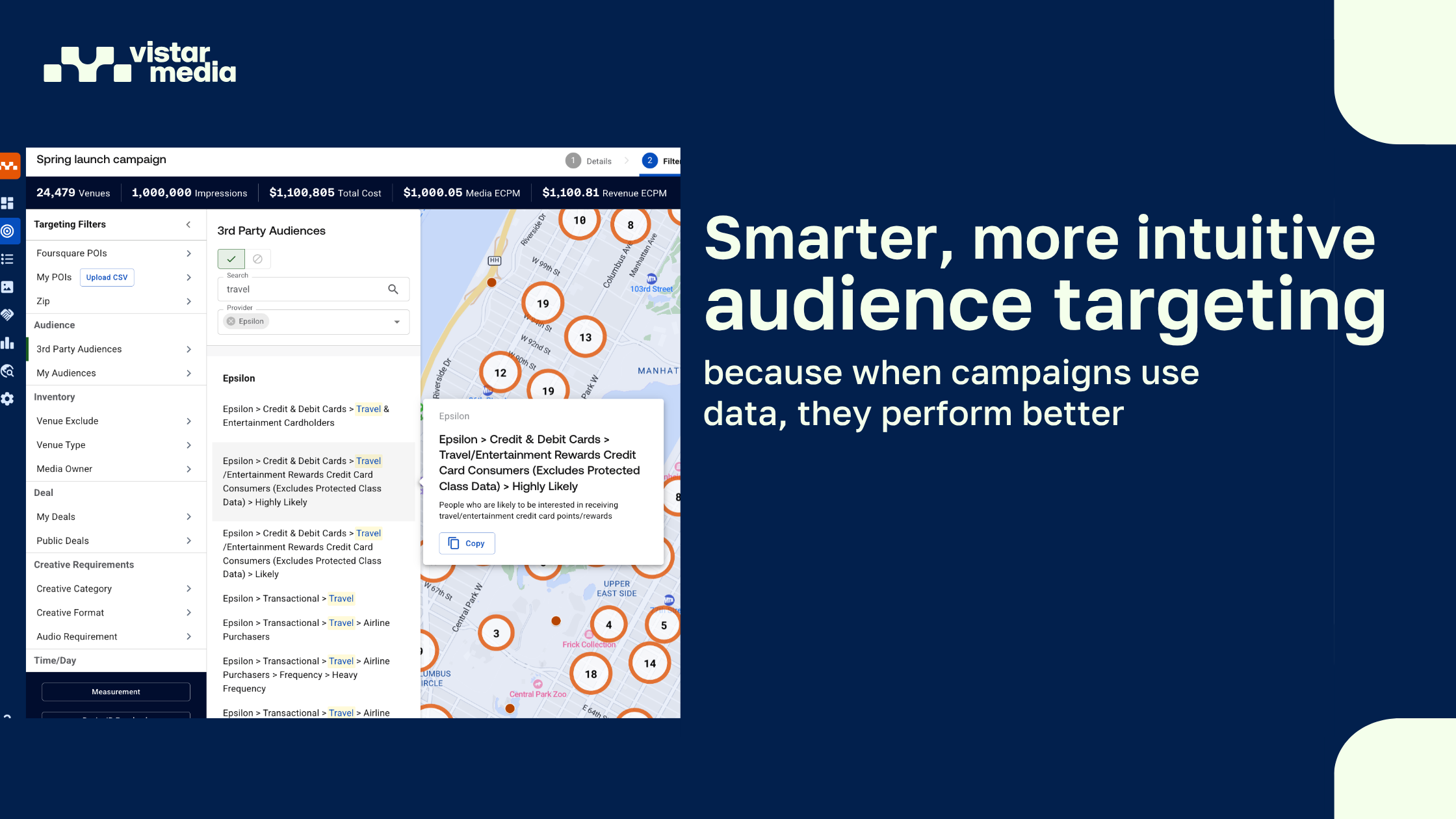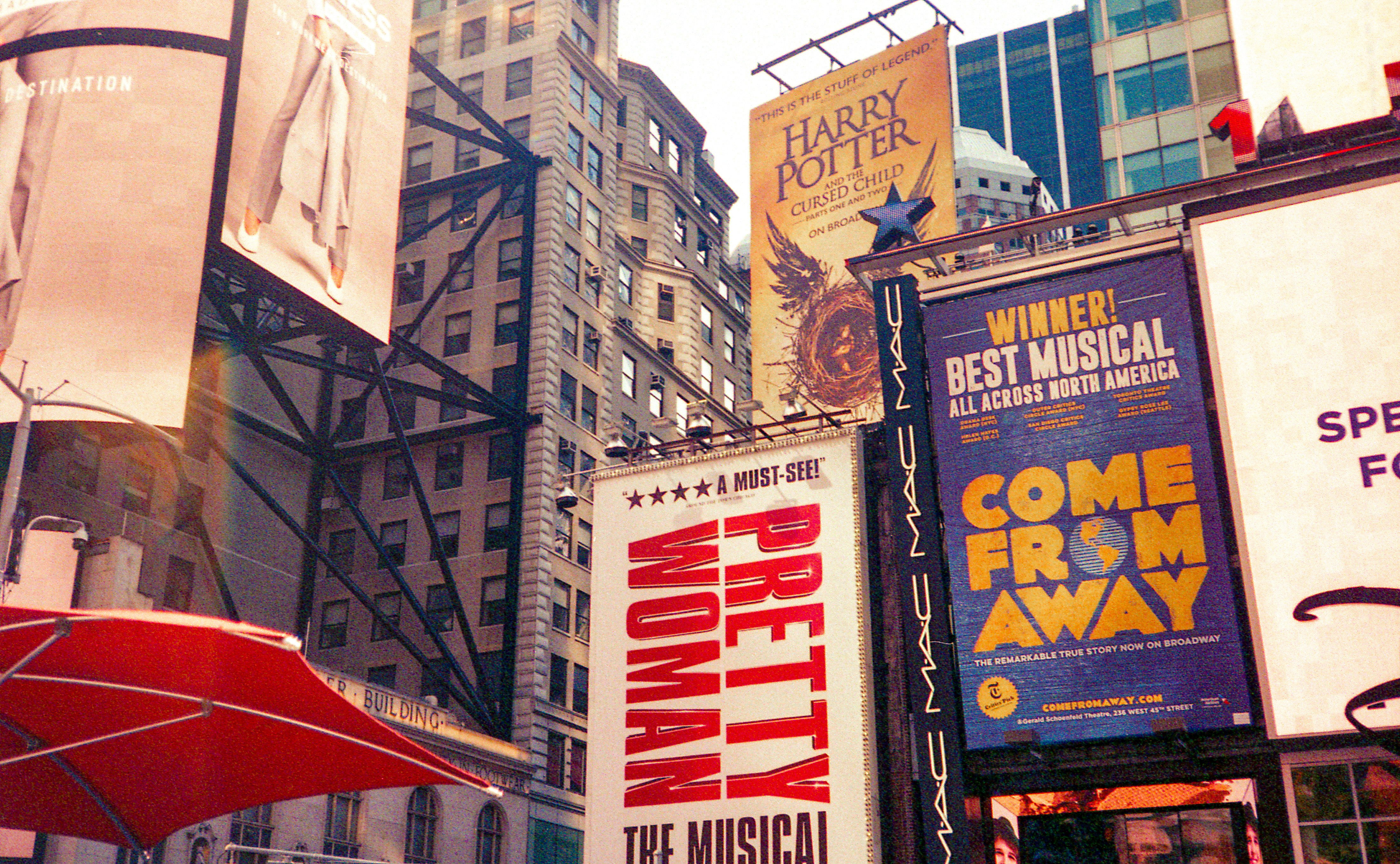.png)
As some companies approach the end of the financial year (EOFY), many marketing teams ask the same question: where should we put our remaining budget to make the biggest impact? Social media marketing continues to dominate the conversation, but as audiences become more fragmented across platforms and ad fatigue begins to set in, it may be time to rethink the scroll.
Beyond the social scroll
Social media marketing is effective—there’s no denying that. But let’s face it, it also has its challenges. Recent trends indicate that the platform environment is becoming less conducive to meaningful engagement:
- Saturation: The average person uses 6.83 different social platforms per month. This means that audiences are spread across a variety of channels, and as a result, your message can easily get lost in the noise.
- Ad fatigue: 74% of people report feeling exhausted by social media ads, and with constant exposure to ads, engagement drops. That means faster burnout and less brand attention.
Despite these challenges, many brands still invest in social media because it’s familiar, easy to use and what "everyone else is doing." But that doesn't mean it’s the only option available, nor necessarily the most effective for driving consumer actions.
Why OOH delivers, especially now
This is where out-of-home (OOH) advertising comes into play. OOH offers something that social can't quite replicate: real-world presence that resonates longer and stronger. Here’s why the channel is worth considering as part of your EOFY strategy:
- High-impact visibility: An attention study by QMS and Amplified Intelligence found that OOH ads are nearly six times more likely to be remembered than other digital channels. Why? Because OOH lives in the real world and is bold, unskippable and impossible to ignore. While online ads fight for attention, outdoor advertising allows your brand to stand front and centre, making an immediate impression in the moments that matter most.
- Less predictable, more noticeable: Unlike the uniform scroll of social feeds packed with memes and influencers, OOH ads show up in everyday experiences, unexpected in size, shape and placement. That spontaneity makes them harder to tune out and easier to remember.
- Contextual relevance: OOH advertising lets you align your message with real-world context, such as location, time of day, weather or even nearby events. While social media offers personal targeting, OOH adds a powerful layer of contextual targeting, making your messaging even more relevant and timely.
- Stronger brand lift: Unlike social media ads that users can easily skip, scroll past or forget, OOH provides a long-lasting impression. In fact, 73% of consumers view DOOH ads favourably and 76% take action after seeing a DOOH ad, including watching a video, visiting a store or making a purchase.
The bottom line
Let's be clear: we’re not suggesting you skip social media. It’s a powerful, essential component of any marketing mix.
But when you’re looking to extend your reach, maximise leftover budget or create a lasting impact beyond the feed, OOH delivers. It captures real-world attention, sparks memorable engagement and can even enhance your digital performance.
In a landscape defined by motion, OOH stays still — and stands out.
Want to see what OOH can do for your brand before the year’s up? Let’s talk.



